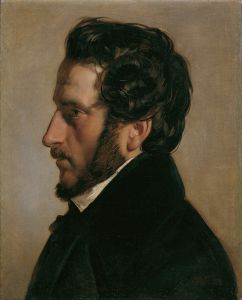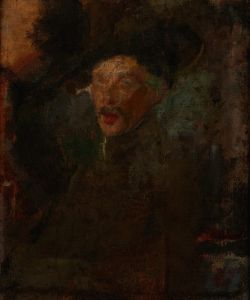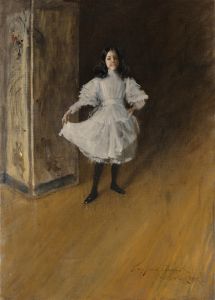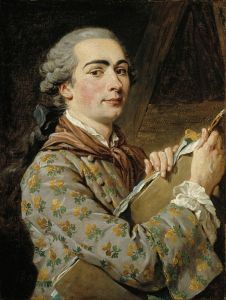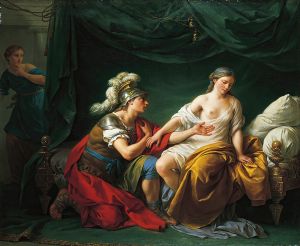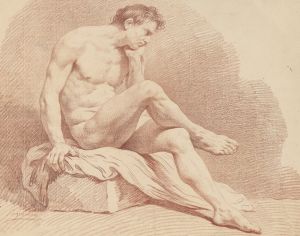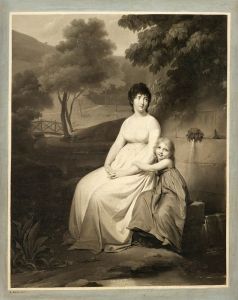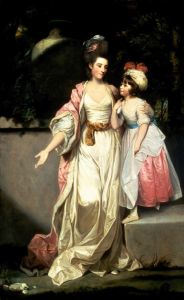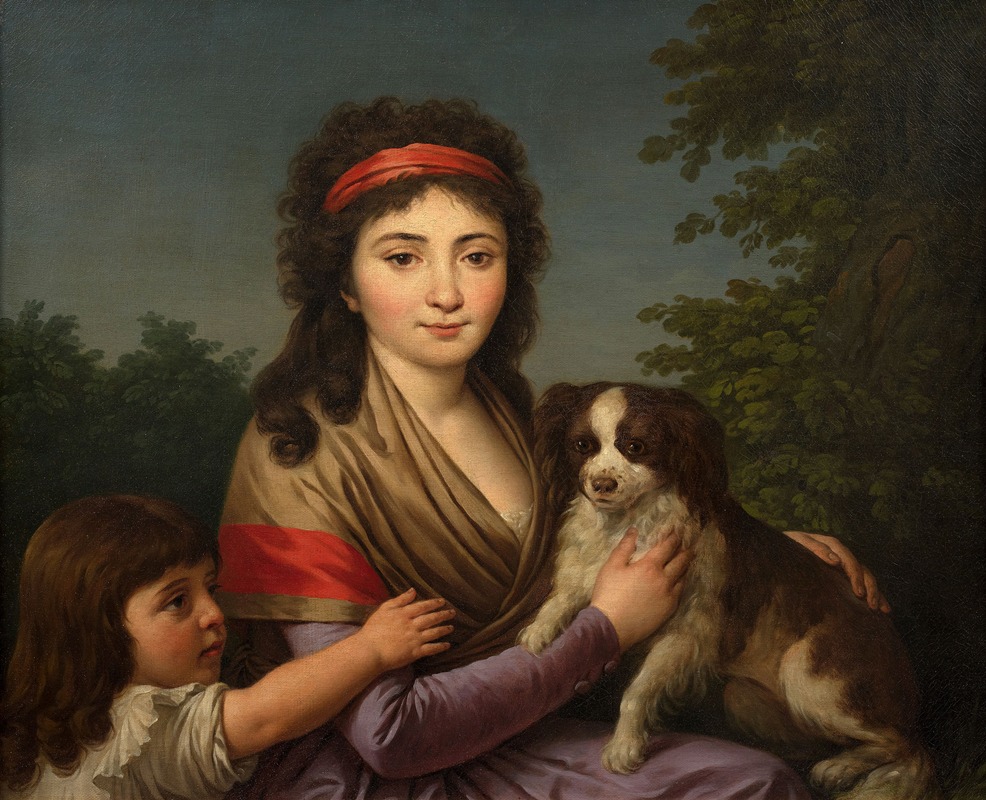
Portrait of Alexandrine-Julie Vaudoyer, daughter of the painter and wife of the architect Antoine-Laurent Vaudoyer
A hand-painted replica of Louis-Jean-François Lagrenée’s masterpiece Portrait of Alexandrine-Julie Vaudoyer, daughter of the painter and wife of the architect Antoine-Laurent Vaudoyer, meticulously crafted by professional artists to capture the true essence of the original. Each piece is created with museum-quality canvas and rare mineral pigments, carefully painted by experienced artists with delicate brushstrokes and rich, layered colors to perfectly recreate the texture of the original artwork. Unlike machine-printed reproductions, this hand-painted version brings the painting to life, infused with the artist’s emotions and skill in every stroke. Whether for personal collection or home decoration, it instantly elevates the artistic atmosphere of any space.
The painting Portrait of Alexandrine-Julie Vaudoyer, daughter of the painter and wife of the architect Antoine-Laurent Vaudoyer was created by the French artist Louis-Jean-François Lagrenée. Lagrenée, often referred to as Lagrenée the Elder, was a prominent painter of the 18th century, known for his works in the Rococo and Neoclassical styles. He was a member of the French Royal Academy of Painting and Sculpture and served as a professor and director at the French Academy in Rome.
The subject of the painting, Alexandrine-Julie Vaudoyer, was the daughter of a painter and the wife of Antoine-Laurent Vaudoyer, a notable French architect. Antoine-Laurent Vaudoyer was a key figure in French architecture during the late 18th and early 19th centuries and is recognized for his contributions to the Neoclassical movement. Alexandrine-Julie’s familial connections to both the arts and architecture suggest her significant place within the cultural and intellectual circles of her time.
The portrait exemplifies Lagrenée’s refined technique and his ability to capture the grace and elegance of his sitters. While specific details about the composition and style of this particular painting are not widely documented, Lagrenée’s portraits are generally characterized by their delicate use of color, soft lighting, and attention to detail, which convey a sense of intimacy and dignity. His works often reflect the transition from the ornate Rococo aesthetic to the more restrained and formal Neoclassical style.
The painting is notable not only for its artistic merit but also for its historical context, as it provides a glimpse into the lives of individuals connected to the cultural and architectural advancements of their era. However, detailed information about the painting’s provenance, current location, and exact date of creation is not readily available in existing records.
As with many works from this period, the portrait serves as both an artistic achievement and a historical document, offering insight into the personal and professional networks that shaped the cultural landscape of late 18th-century France.





